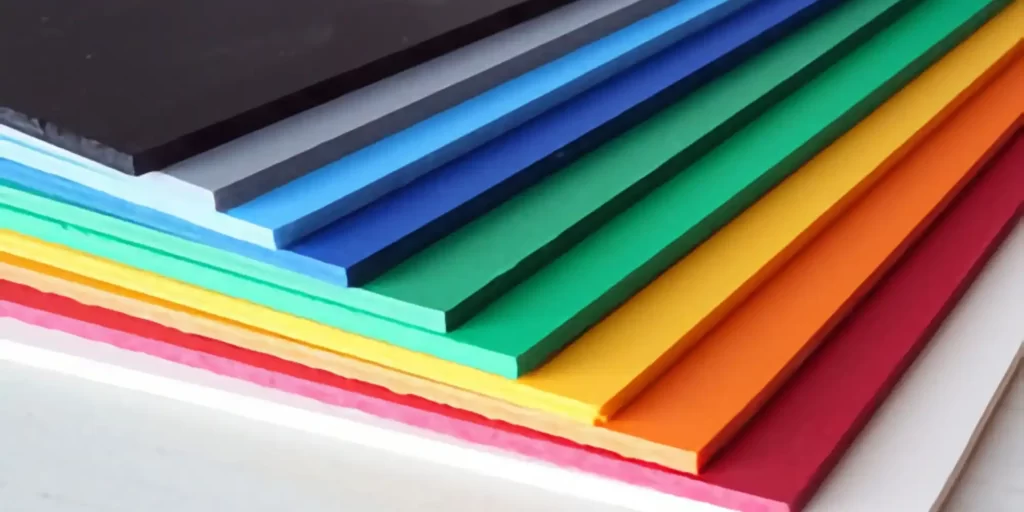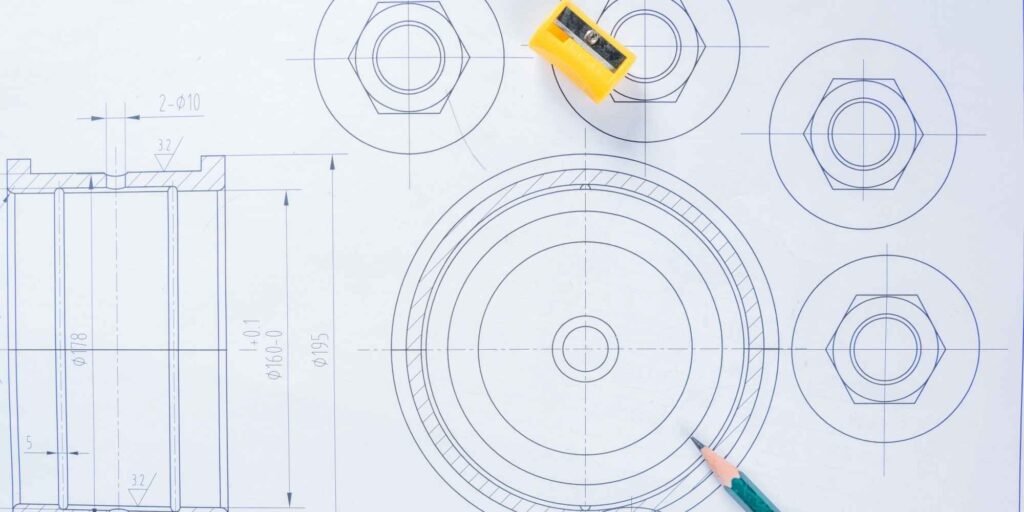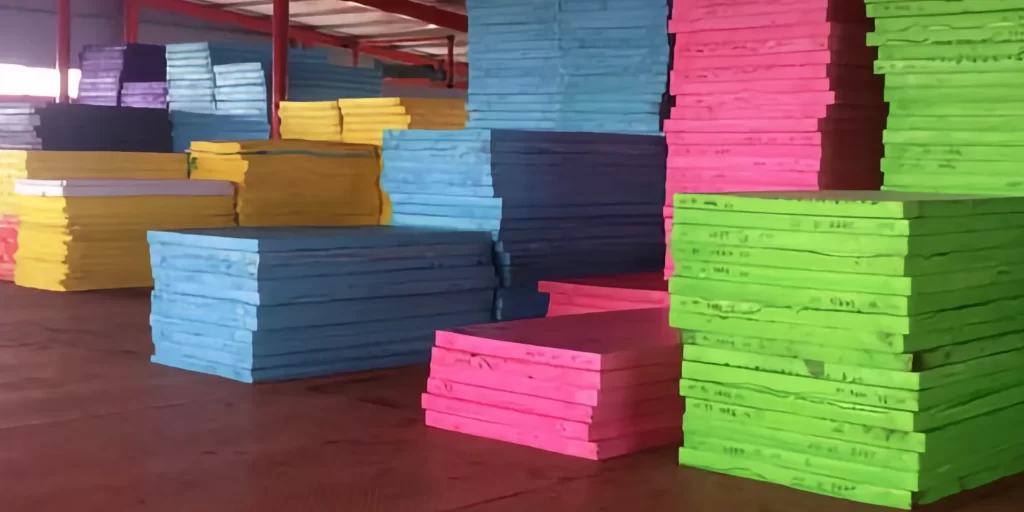In the high-stakes world of emergency medical care, the quality and functionality of equipment can be the difference between life and death. Ethylene-Vinyl Acetate (EVA) foam has become a key component in emergency medical equipment, known for its durability, flexibility, and comfort. This article explores the innovative use of EVA foam in emergency medical equipment, highlighting its benefits and addressing frequently asked questions about its application in this critical field.
The Benefits of EVA Foam in Emergency Medical Equipment
EVA foam brings several key advantages to emergency medical equipment:
1. Durability in Demanding Situations:
EVA foam is resilient and withstands the rigors of emergency medical scenarios, ensuring equipment remains functional in critical moments.
2. Lightweight and Portable:
Its lightweight nature makes emergency equipment easy to transport, a crucial factor in emergency response situations.
3. Enhanced Comfort for Patients:
EVA foam provides cushioning and comfort in medical devices, which is essential for patient care during transportation and treatment.
4. Customizable for Specific Medical Needs:
EVA foam can be molded into various shapes and sizes, allowing for tailored solutions in emergency medical equipment.
5. Hygienic and Easy to Clean:
The non-porous surface of EVA foam resists moisture and bacteria, making it ideal for maintaining hygiene in emergency medical settings.
6. Shock Absorption:
EVA foam’s shock-absorbing properties protect both the equipment and the patient, particularly in transport situations.
Applications of EVA Foam in Emergency Medical Equipment
Stretchers and Backboards:
EVA foam padding on stretchers and backboards provides comfort and stability for patients during transport.
Emergency Splints and Braces:
Customizable EVA foam splints and braces offer support and immobilization in emergency situations.
Portable Medical Kits:
EVA foam is used in the lining of medical kits for cushioning and protecting delicate medical instruments.
Oxygen Tank and Equipment Holders:
EVA foam holders ensure that oxygen tanks and other critical equipment are securely in place and protected during transport.
Neck and Head Immobilizers:
EVA foam is ideal for neck and head immobilizers, providing necessary support and cushioning in cases of spinal injuries.
Advancing Emergency Care with EVA Foam
The integration of EVA foam into emergency medical equipment represents a significant advancement in emergency healthcare, focusing on patient safety, comfort, and response efficiency.
FAQs About EVA Foam in Emergency Medical Equipment
Q: How does EVA foam contribute to the effectiveness of emergency medical equipment?
A: EVA foam enhances the effectiveness of emergency medical equipment by providing durability, comfort, and protection, which are crucial in emergency situations.
Q: Can EVA foam be customized for different types of emergency equipment?
A: Yes, EVA foam can be molded into various shapes and sizes, allowing for customization to fit specific types of emergency medical equipment.
Q: Is EVA foam suitable for use in sterile medical environments?
A: EVA foam is hygienic and easy to clean, making it suitable for use in sterile emergency medical environments.
Q: Are EVA foam products lightweight and easy to transport?
A: EVA foam is inherently lightweight, which is essential for the portability of emergency medical equipment.
In conclusion, EVA foam has become an indispensable material in the field of emergency medical equipment, providing enhanced durability, comfort, and efficiency. Its combination of lightweight design, cushioning, and adaptability makes it an ideal choice for a variety of emergency medical applications. As the focus on improving emergency response and patient care continues to grow, EVA foam-enhanced emergency medical equipment is set to play a significant role in advancing the field of emergency healthcare.






